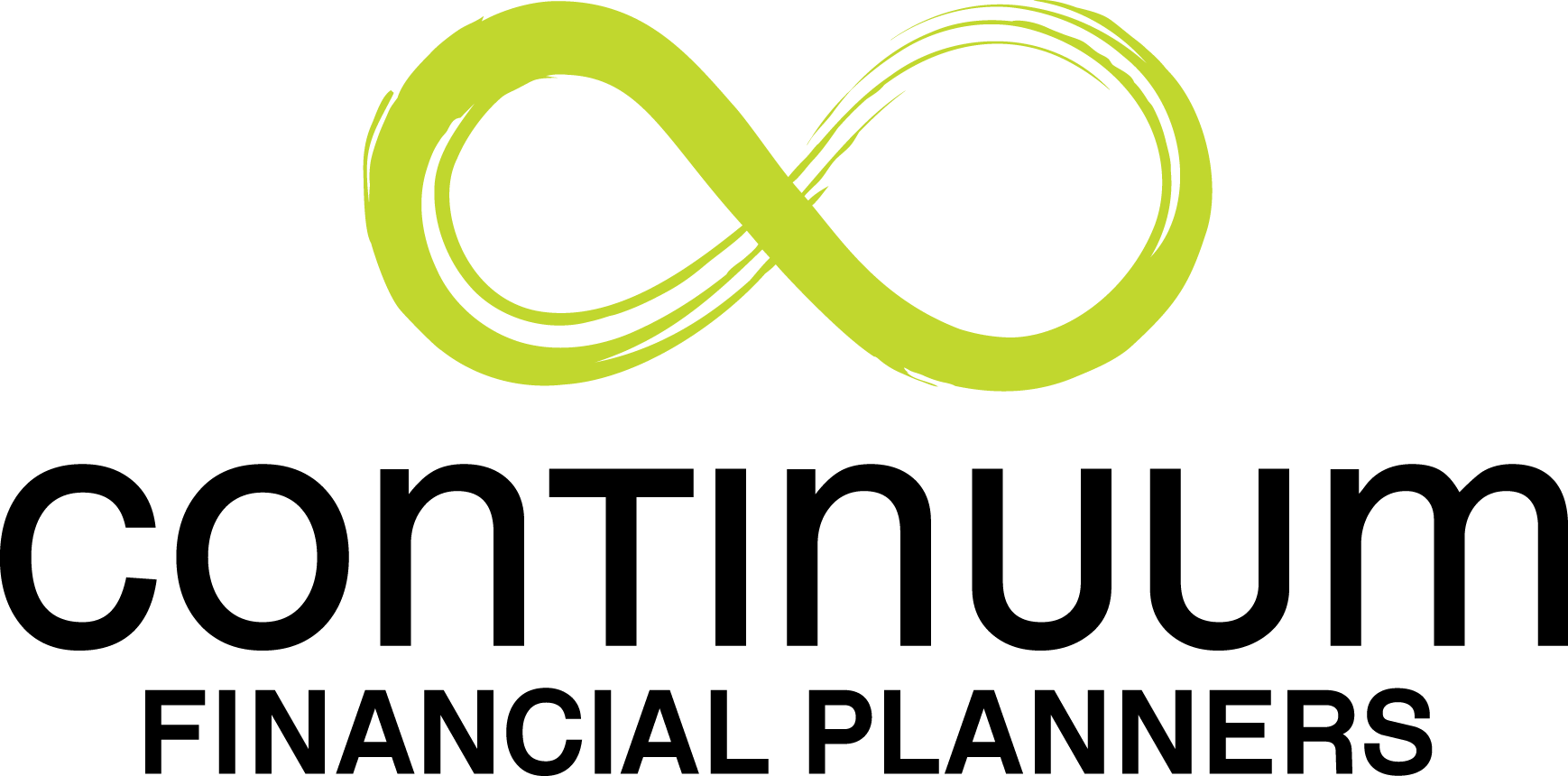Self-funded income streams are an important component of the wealth management strategies for those who are preparing for, or who have entered retirement. Complete, or even partial self-funded, retirement is an admirable financial goal. Most retirees in this position manage their assets to provide that funding threough both superannuation and non-superannuation assets.
There are several ways in which a retiree can provide the income stream required to meet their lifestyle (and emergency) needs – including whether or not, being eligible for any level of the age pension. We understand that most people – by the time they reach retirement – are looking for two key features about their retirement wealth:
- consistency of adequate income; and
- preservation of capital.
Characteristics of self-funded income streams
Supporting the key requirements for generating reliable, sustainable self-funded income streams is a range of financial objectives that –
- individuals prioritise differently according to their circumstances,
- whether those circumstances be personal, or financial.
Some of these objectives are –
- trend growth in asset value/ wealth;
- ability to continue ‘comfortable’ lifestyle;
- surplus funds to support family and community; and
- ability to meet occasional discretionary capital expenditures.
Each of the above features when achieved in unison (or at least in the majority), constitute a position of ‘financial independence’.
How is such wealth held; and which structures are tax-effective in this phase of life?
Strategies for accumulating wealth from which income streams are generated
Two areas generate sustainable income streams. They are –
- superannuation; and
- non-superannuation.
Having satisfied relevant ‘conditions of release’, Superannuation funds provide any of the following income streams –
- withdrawal of irregular funds, based on ‘earnings’ of the fund;
- Allocated Pension;
- Transition to Retirement Allocated Pension;
- Term Allocated Pension; and
- (through other mediums) purchased Annuities.
Note: the three Allocated Pension references within the Superannuation listing above all rely on an eventual drawdown from capital. In suitable circumstances, a similar structure could be employed in a non-Superannuation environment.
Income streams from non-superannuation sources can be drawn without any consideration of conditions of release. They can be in the following forms:-
- withdrawal of irregular funds, based on ‘earnings’ of the fund; or
- (through other mediums) purchased Annuities.
One such non-superannuation asset (in most circumstances), is property. This is an asset class that has been popular in Australia with several generations.
Before implementing a strategy to implement self-funded income streams, income tax consequences must be considered. The most effective time to do this (where practicable to do so) is prior to retirement, during the wealth accumulation phase.
Contact your Continuum Financial Planner for advice on an investment strategy to satisfy your retirement planning needs and circumstances. To make an appointment –
- phone our office on 07-3421 3456, or
- at your convenience, use the linked Book A Meeting facility.
You can check the qualifications and experience of each of our advisers, at the Financial Adviser Register on the MoneySmart website maintained under the auspices of ASIC.
(This article was originally posted by us in November 2009. We occasionally update/ refresh it, most recently during June 2025.)


